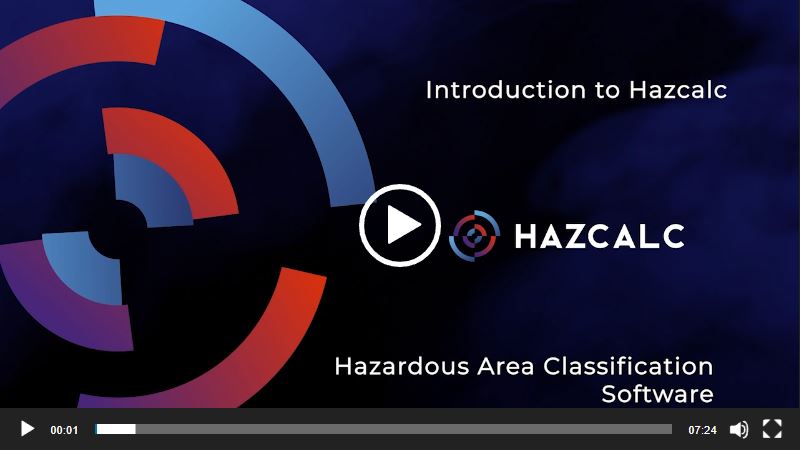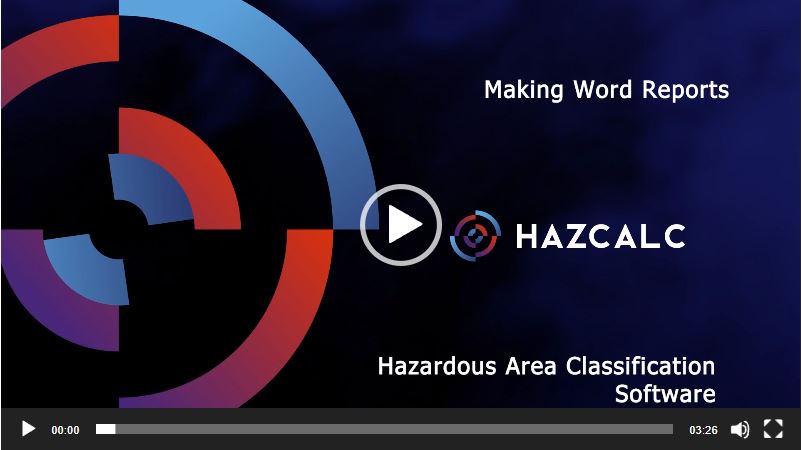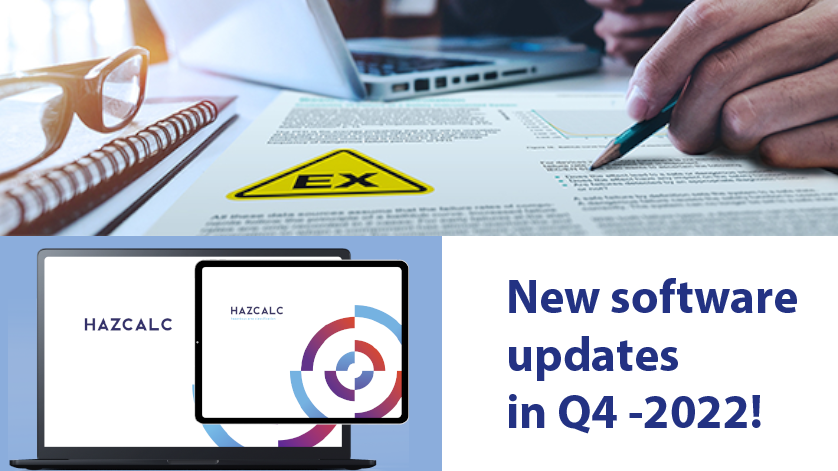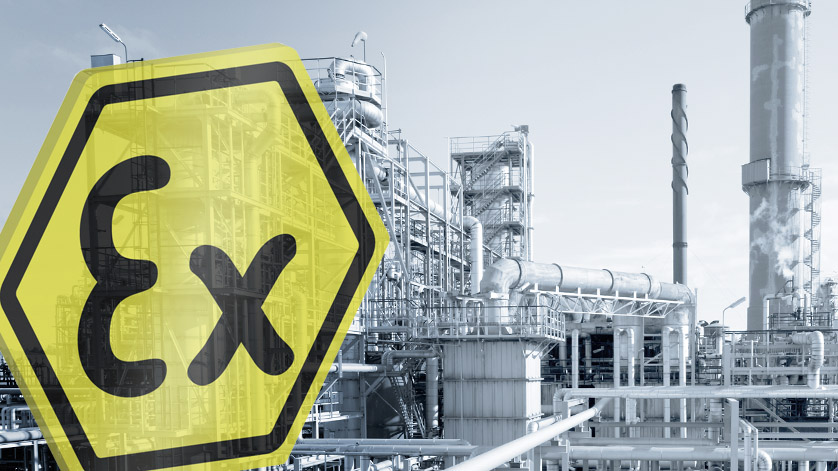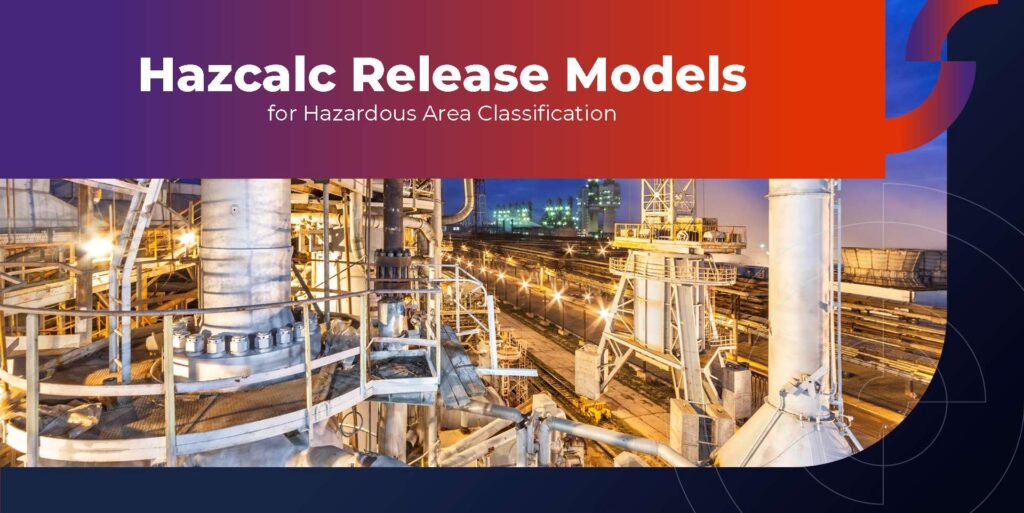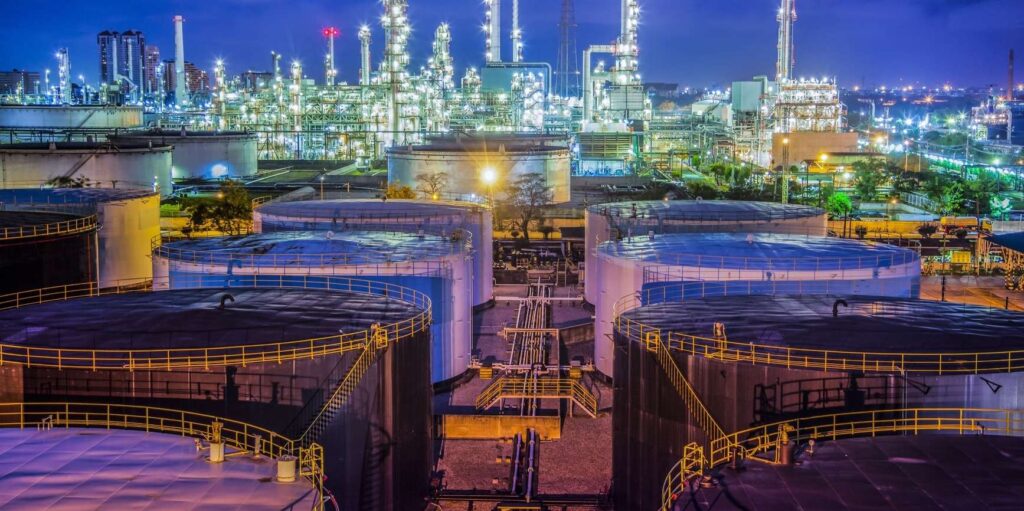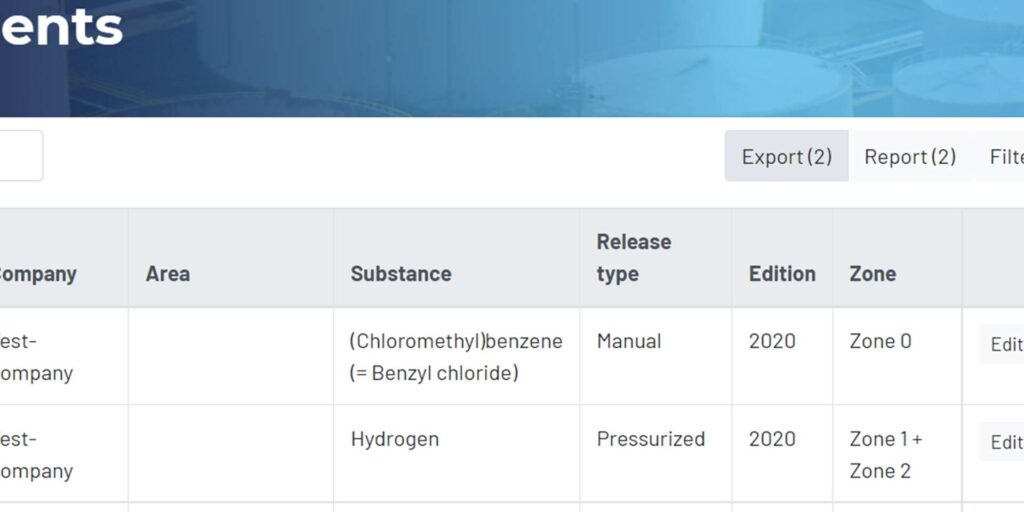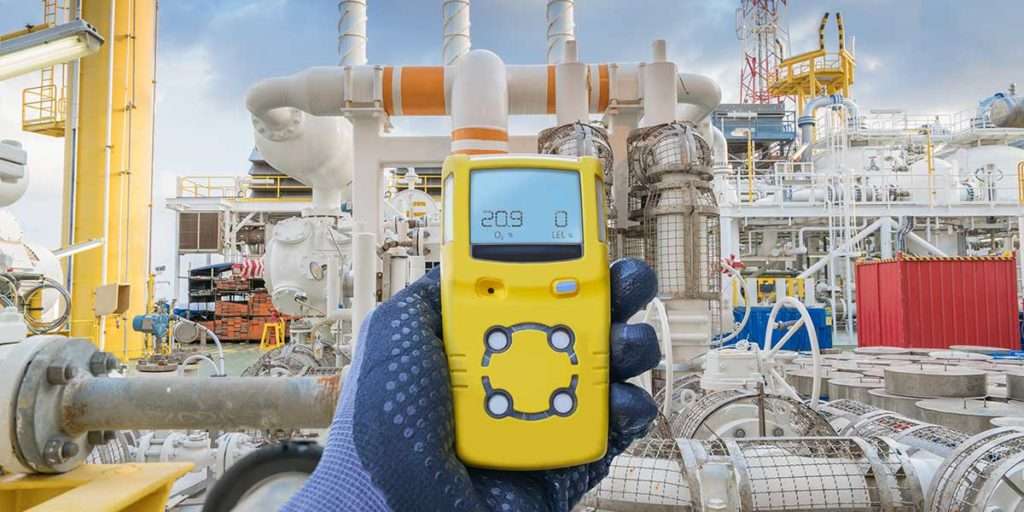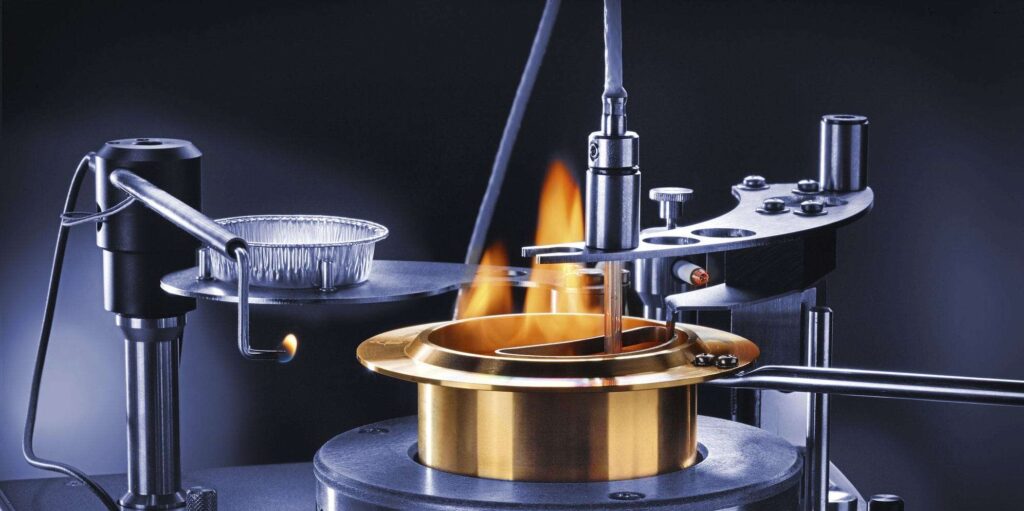Our latest updates
If you are interested in more information please contact us via our contact form.
- All
- Assessments
- General
- Substances
- Tutorials
Overview of using Hazcalc
Hazcalc is an easy to use software tool for hazardous area classification which can be used for e.g. compliance with ATEX and DSEAR regulations.
Continue reading Word Reports
We have updated Hazcalc with a new Report Builder. With this builder, users have the availability to export assessments made within Hazcalc directly to MS Word. Based on selected assessments…
Continue reading HAZcalc for Teams
Since a few weeks Hazcalc for Teams is available. The past year we got several requests for the option of working together as a Team with Hazcalc. However a team…
Continue reading New updates in 2022!
We are glad to announce that Hazcalc keeps on developing. Our many valued costumers provide us with good feedback, so that we can keep on developing Hazcalc, as a secure…
Continue reading Hazardous Areas and the selection of suitable components
Which components may be used in hazardous area’s? When parts of an area of installation are classified as hazardous areas, it is not always easy to select the appropriate components…
Continue reading Which release models are available within Hazcalc?
These downloads gives an overview of the release models that are featured with Hazcalc.
Continue reading How are the AIT of substances and T-class of equipment related?
Auto Ignition Temperature and T-Class The Auto Ignition Temperature of substances and the Temperature Class of Equipment are related. The Auto Ignition Temperature of substances is the lowest temperature in…
Continue reading What is Hazardous Area Classification?
Explanation on hazardous area classification Hazardous area classificatie is related to the prevention of explosion risks on a site, factory or installation. The first step in the systematic approach on…
Continue reading Can i download/export assessments?
All assessments made with Hazcalc can be downloaded / exported directly to a Micrisoft Excel formatted xlsx file. The values of this file can be copy-paste to an Importmodule and…
Continue reading What means the Pmax of Substances?
The Pmax of a substance is the maximum pressure that is monitored during ignition of substances at different concentrations in a laboratory test facility. Tests are performed according to EN…
Continue reading What means the LEL and UEL of substances?
LEL and UEL in relation with the Minimum Ignition Energy LEL: The Lower Explosive Limit (LEL) is the lowest concentration of a gas, vapor or dust that will burn in air.UEL: The…
Continue reading How are the MIE and gasgroup related?
Relation between MIE and gasgroup of equipment Equipment that is certified for used in hazardous areas must be Ex certified according to the applicable standards. Substances which create a hazardous…
Continue reading What means the MIE of substances?
The MIE of a substance is the Minimum Ignition Energy needed in order to ignite a flammable substance with air or oxygen, measures by a standard procedure. Depending on the…
Continue reading Ammonia Storage
Is the toxic effect of ammonia a larger risk than the risk on explosion? Quite often we get the question whether it is necessary to classify ammonia storage vessels and…
Continue reading What means the AIT of substances?
Auto Ignition Temperature The auto-ignition temperature or kindling point of a substance is the lowest temperature in which it spontaneously ignites in a normal atmosphere without an external source of ignition, such as a flame or…
Continue reading 